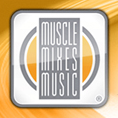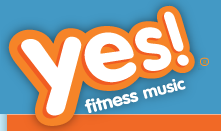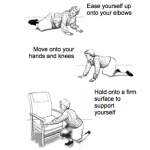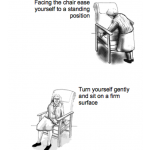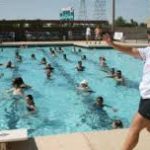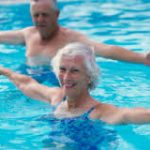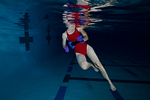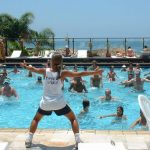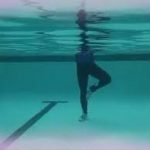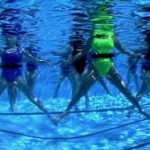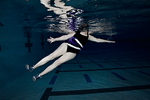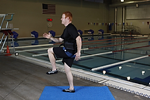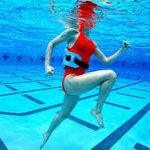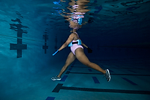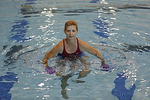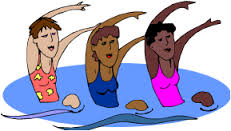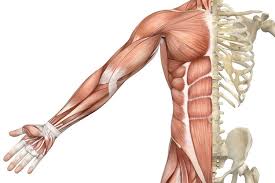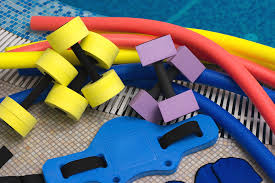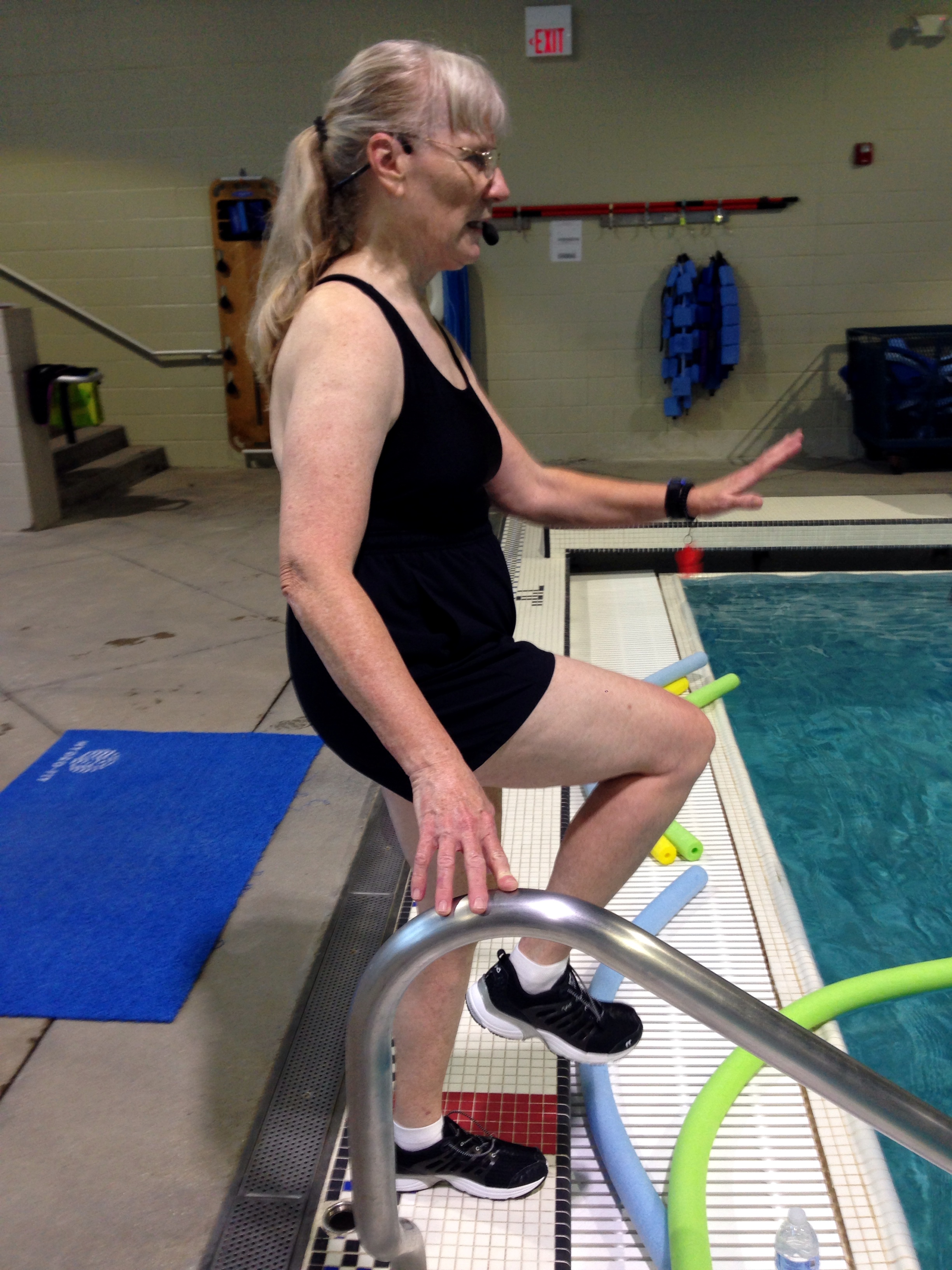
The term choreography calls to mind dancers performing on a stage or in a music video. So using the term for a water fitness class may seem intimidating. But it does not have to be complicated. Basically, choreography is your lesson plan. Writing choreography involves taking your list of exercises and organizing them in the order in which you plan to teach them. Your class will be more successful if you make a plan ahead of time so that you don’t find yourself struggling to come up with exercises to fill the time.
To help you remember your choreography you need to organize the exercises in a way that is logical to you. There are a variety of choreography styles that can be used to help you do this. The simplest is linear choreography. Linear choreography organizes the exercises in a “line,” that is, without patterns or repetitions.
The following is an example of linear choreography for a shallow-water class using just 6 basic exercises with variations. The 6 exercises are:
- Knee-high jog
- Run tires (like running through tires at football practice)
- Jumping jacks
- Cross-country ski
- Kick forward
- Heel jog
The logic of using the exercises in this order is that it is easy to transition from one to the next. From the knee-high jog you move the legs farther apart to go into running tires. Next you bounce center and apart in jumping jacks. From the center bounce you transition into cross-country ski. Stay in the sagittal plane to go into a kick forward. Finally switch the leg movement from front to back in a heel jog.
Breaking up the choreography into sets divides it into sections that are easier to remember than a long chain of exercises. In this case each set will feature one of the six exercises.
- (A set)
- Knee-high jog with jog press
- Knee-high jog with pumping arms
- Knee-high jog faster & slower alternate
- Leap forward
- (B set)
- Run tires with scull
- Run tires with shoulder blade squeeze
- Run tires with rebound & neutral position alternate
- Leap sideways
- (C set)
- Jumping jacks
- Jumping jacks clap hands
- Jumping jacks neutral position & suspended alternate
- Jumping jacks 4X with 1/4 turn
- (D set)
- Cross-country ski
- Cross-country ski with windshield wiper arms
- Cross-country ski & cross-country ski with power alternate
- Cross-country ski 3-1/2X & 1/2 turn
- (E set)
- Kick forward push forward
- Kick forward with triceps extension
- Kick forward low & high alternate
- Kick forward travel backward in a circle
- (F set)
- Heel jog with paddlewheel
- Heel jog with forearm press
- Heel jog & hopscotch alternate
- Skip rope travel forward in a circle
This should take approximately 20 minutes. Repeat the choreography a second time. Add a 5-minute warm at the beginning, 10 minutes of noodle exercises afterwards, and 5-minutes of stretching and you have a 1-hour lesson plan ready to go.
For more examples of linear choreography, see my book Water Fitness Lesson Plans and Choreography. A link to purchase the book from Human Kinetics can be found on my website at www.waterfitnesslessons.com
Next Blog post: Pyramid Choreography.
See you in the pool!


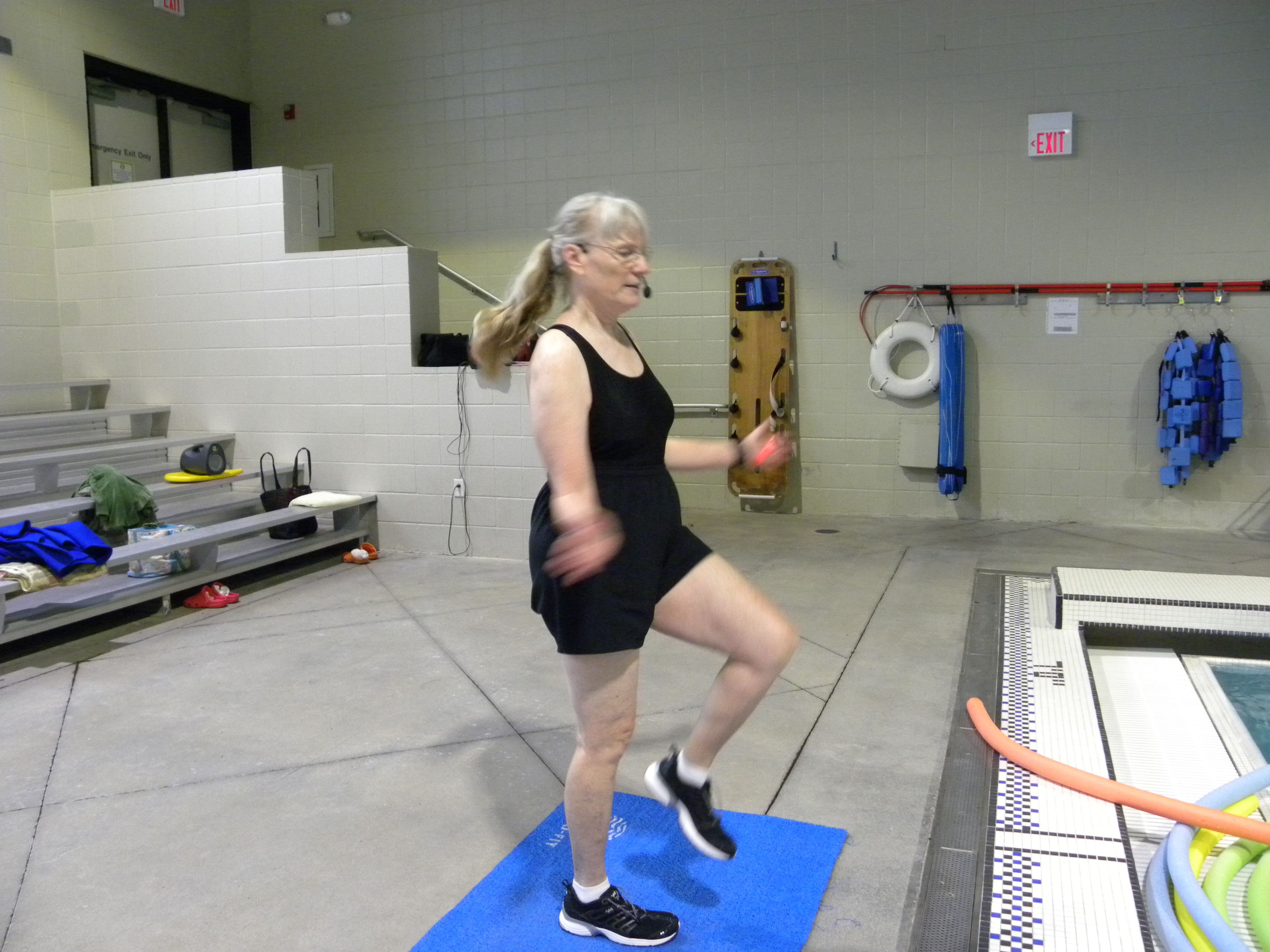 It’s fun to exercise to music! Music is a great motivator. It helps you maintain a cadence so that you stay on track and achieve the desired intensity. It also makes the workout seem to go faster.
It’s fun to exercise to music! Music is a great motivator. It helps you maintain a cadence so that you stay on track and achieve the desired intensity. It also makes the workout seem to go faster.
